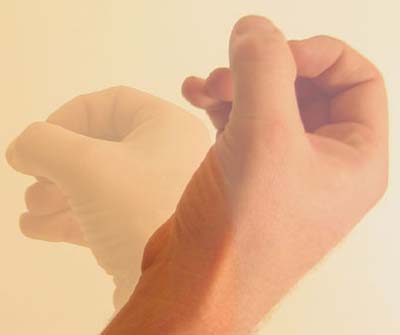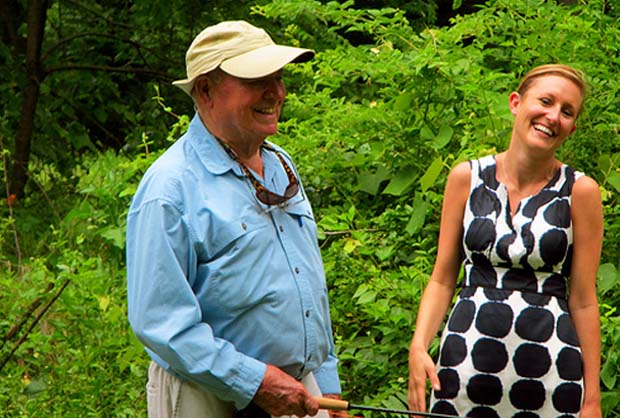[dropcap]T[/dropcap]he take of a dry fly is the quintessential thrill of fly fishing for trouts. The biggest disappointment associated with an unplanned take of a dry fly is breaking off the tippet with over zealous high sticking and the element of surprise colludes with an adrenaline rush. Even more likely, high sticking and pulling the fly right out a trout’s mouth.
Well, if you can adjust to this hook-set technique, your break-off and missed hook-up stats will be a thing of the past. I learned the following from Bernard Lefty Kreh, and it was decades ago that he shared the technique with me. I even employ it with light tippet fly fishing for panfish and peacock bass.
The technique
The technique called “Slip Strike” was, I guess, coined by Lefty. I’m not sure of the latter. However, I’ve never come across the term since learning it from Lefty.
Your dry fly is naturally floating toward you and you’re taking in line and then, bam. The most common reaction is high sticking, which is the root cause of a light tippet break-off or even more likely, pulling the fly out of a trout’s mouth.
Try Lefty’s Slip Strike
 With your off-hand make a circle as illustrated – don’t grip the line, just move your hand away from your body – to the left (if right handed) and the rod to the right, paralleling the water. Don’t high stick.
With your off-hand make a circle as illustrated – don’t grip the line, just move your hand away from your body – to the left (if right handed) and the rod to the right, paralleling the water. Don’t high stick.
The seeming lack of tension is only imagined
What gets to happen when you Slip Strike is the trout has a few more seconds to eat and the technique sets the hook.
The line running through you hand at an angle along with the rod guides produces more than enough hook ‘sticking’ power. Once the trout is hooked … well, you know that drill.


